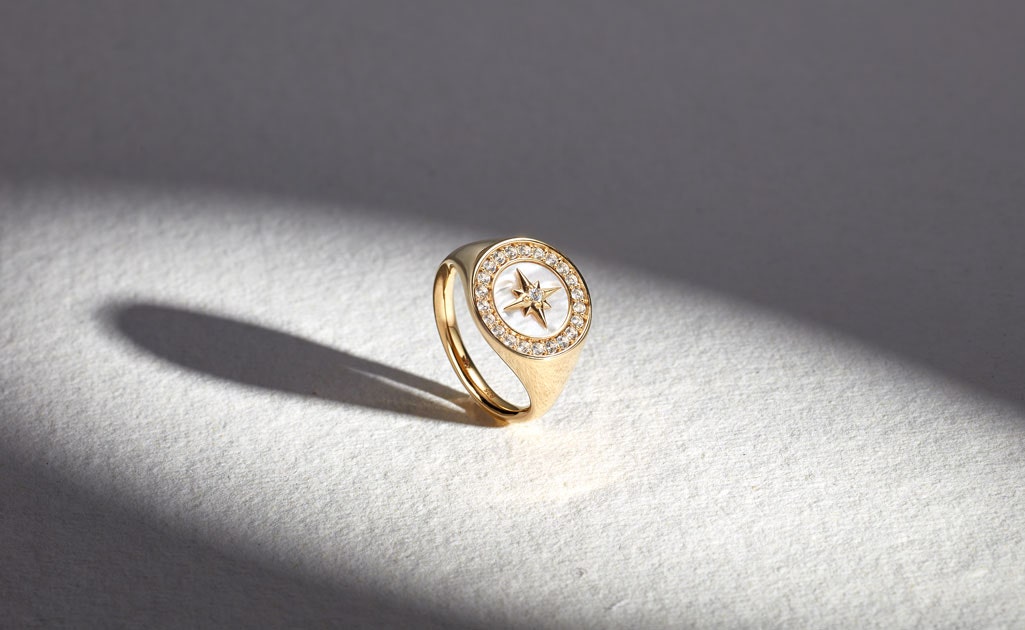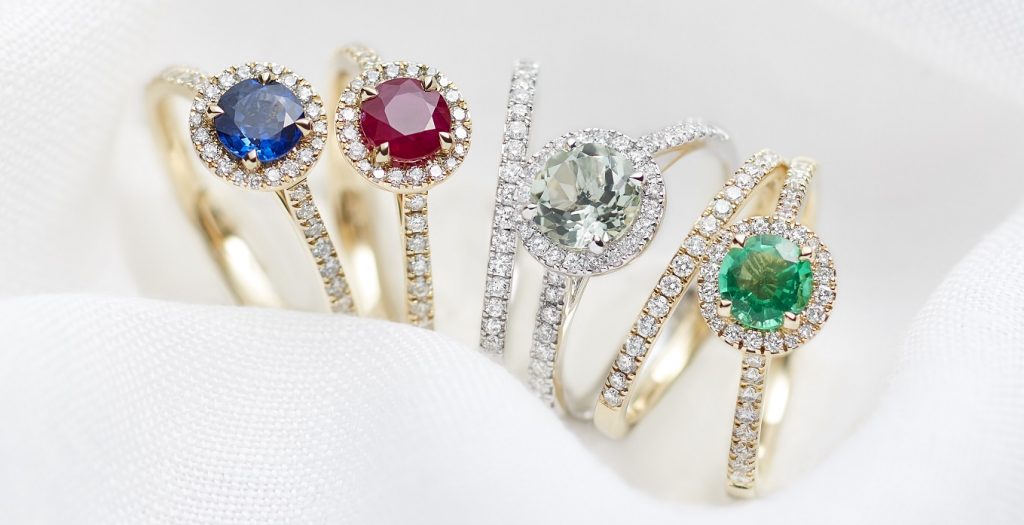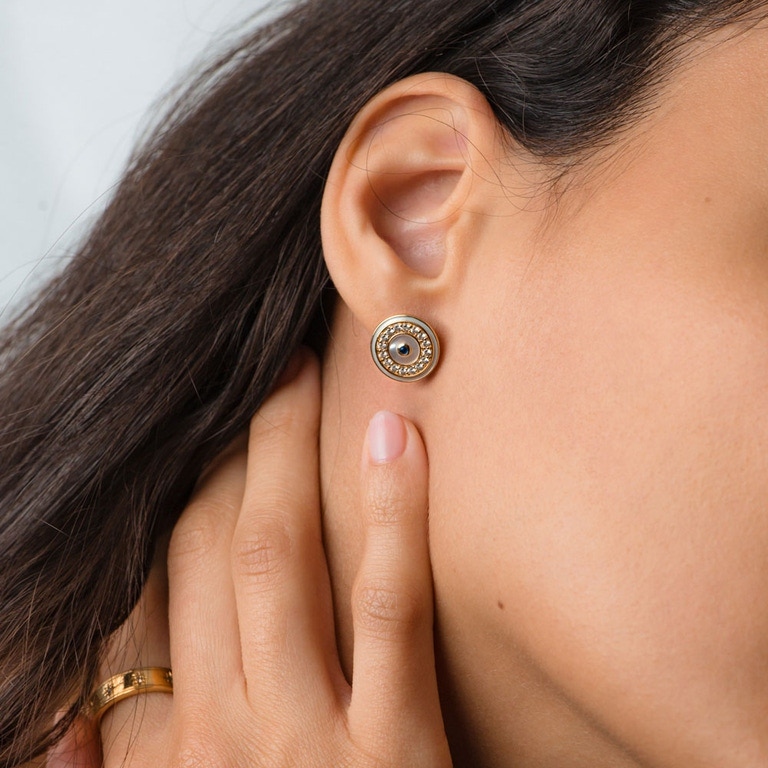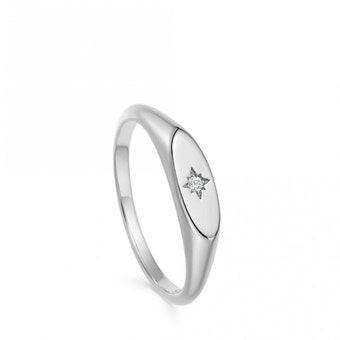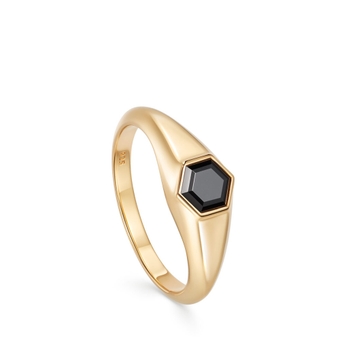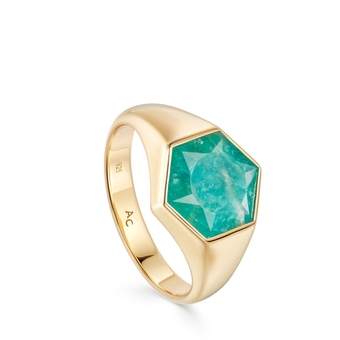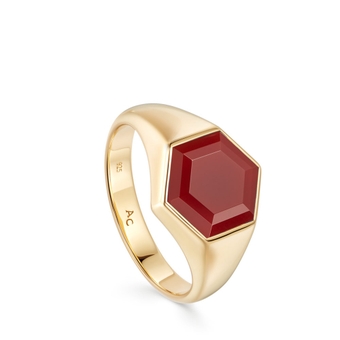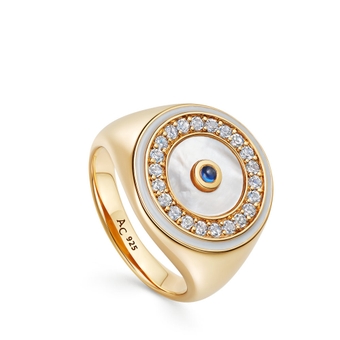What Is A Signet Ring?



Once the preserve of the upper class, the signet ring is having a fashion moment worn now by everyone from rock stars to royalty. This piece may have changed from being symbolic to sartorial but there is still an etiquette to how it’s worn and where. We take a closer look.
Signet rings are characterised by a raised, flat surface that sits perfectly on a pair of metal shoulders, usually in either gold or silver. The raised surface comes in all shapes and sizes, some with beautifully polished faces for engraving and others encrusted with precious gemstones or embelished with inspiring motifs.
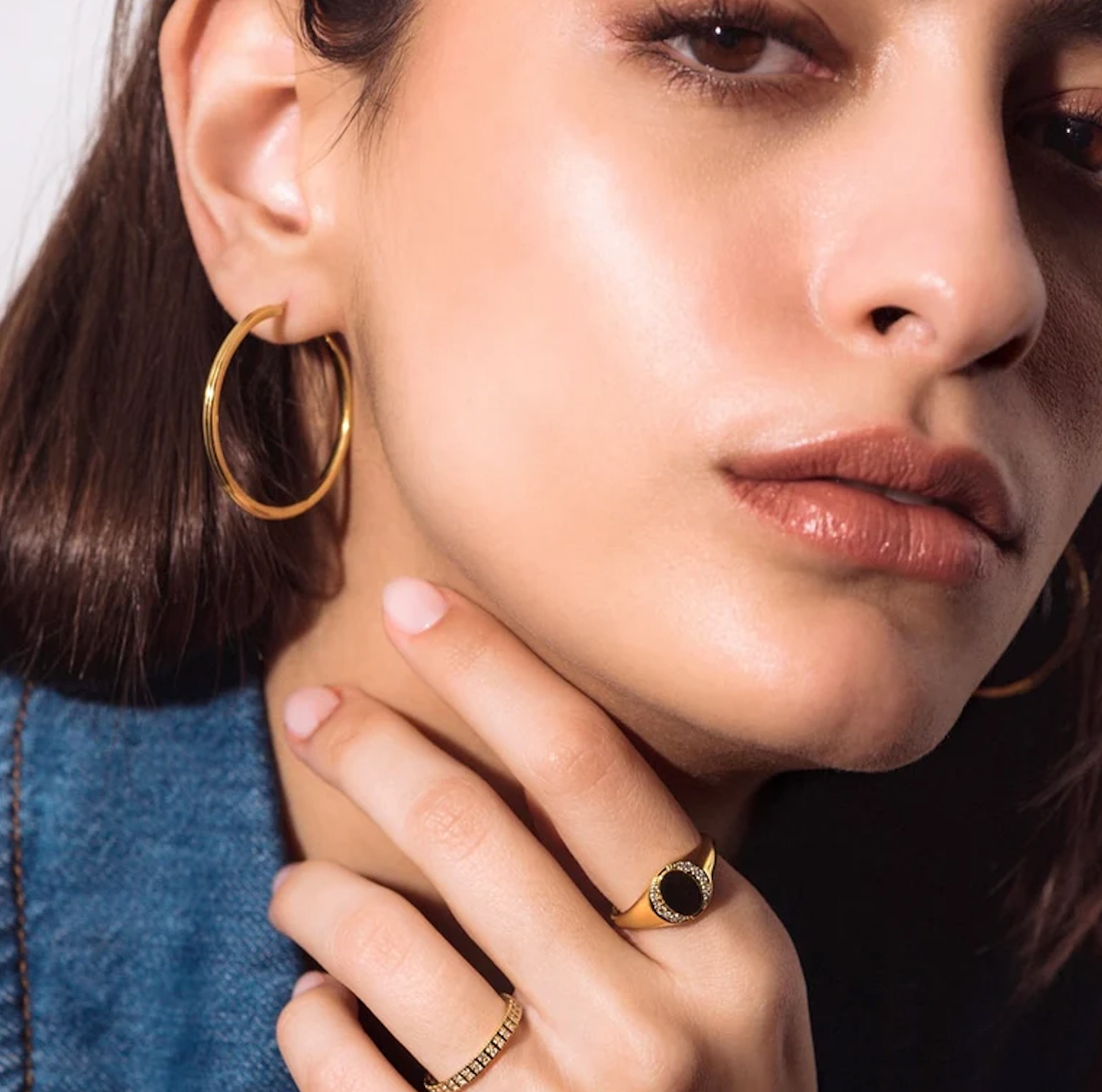

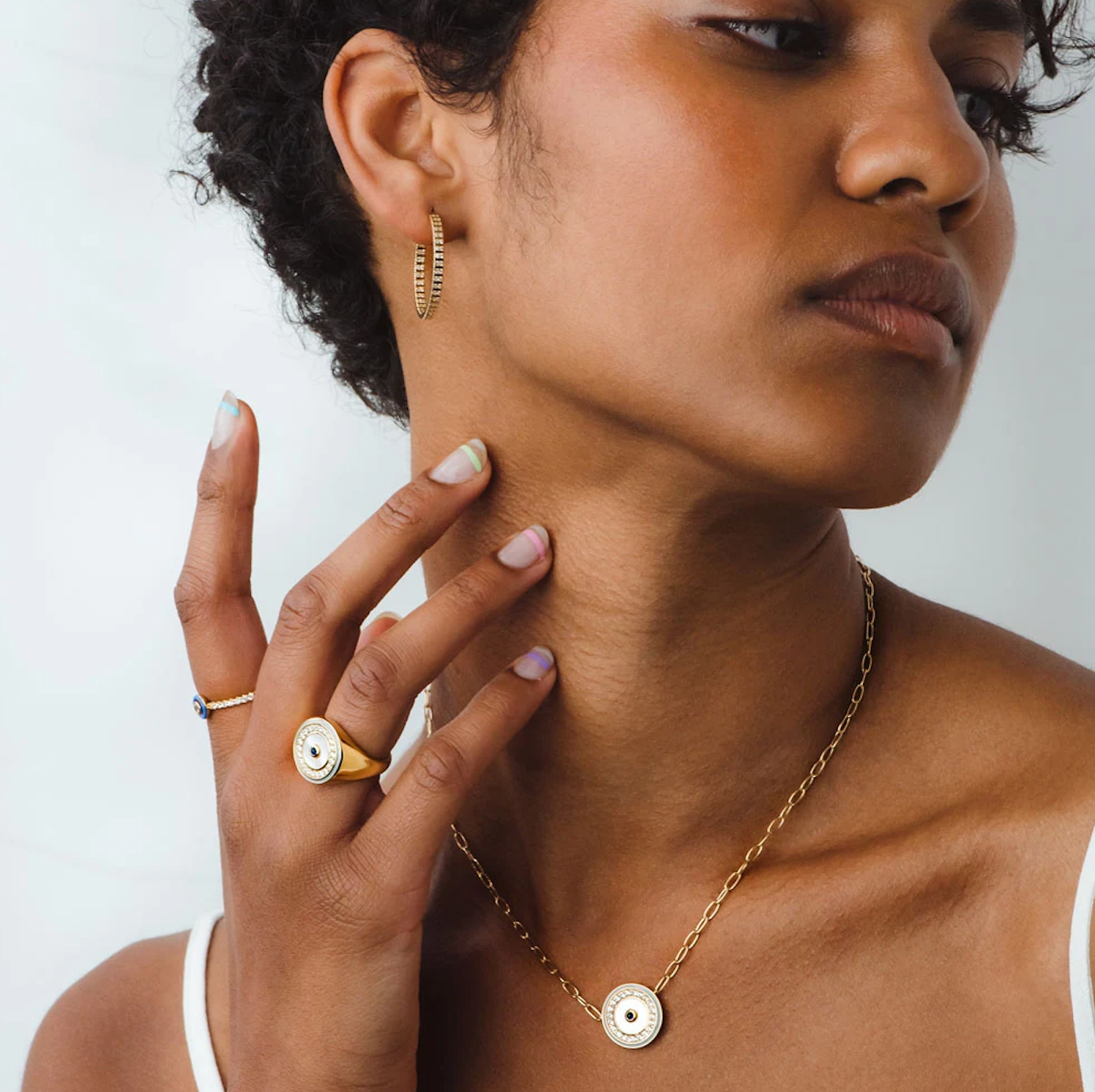

THE HISTORY OF A SIGNET RING
Signet rings have existed in some form or another since the beginnings of civilisation. The people of Mesopotamia used cylindrical seals to authenticate documents, however it wasn’t until Ancient Egypt that these seals became attached to rings creating the signet ring as we know it. Not just a piece of jewellery or a practical tool, what is depicted on a signet ring provides a fascinating insight into the specific cultural interests of the time.
Let's go back to the 10th century, where signet rings wielded great power and were traditionally used as a 'seal' to authentic documents. Royals and nobles would have their own unique design engraved on theirs which would resemble a signature, and this was done by pressing the engraved side of the band into melted wax. Due to this piece of personlaised jewellery becoming a mark of authentication, signet rings were often destroyed when their owner passed away. As time went on, these symbols of authority and social psotion transgressed boundaries of class and gender, becoming more about heritage, love and personal sentiment. And instead of destroying a signet ring, they would begin to be passed down from generation to generation as heirlooms.
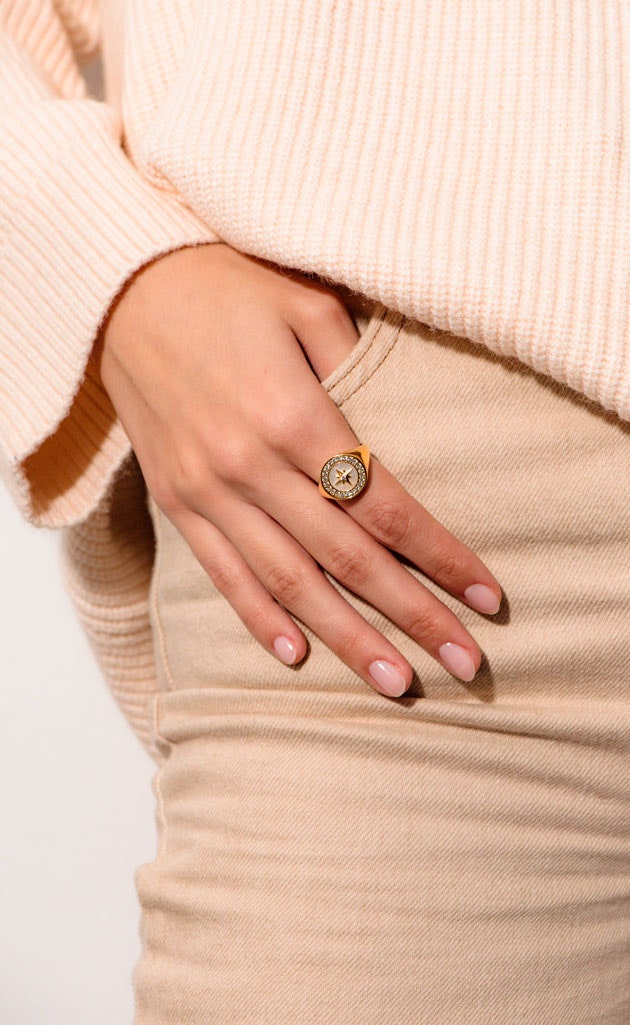

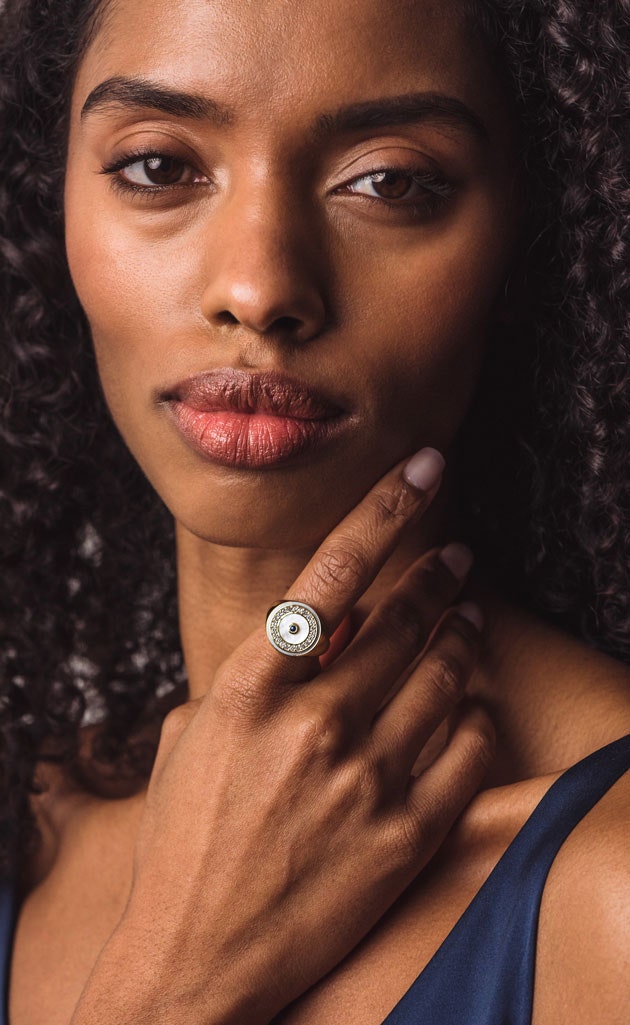

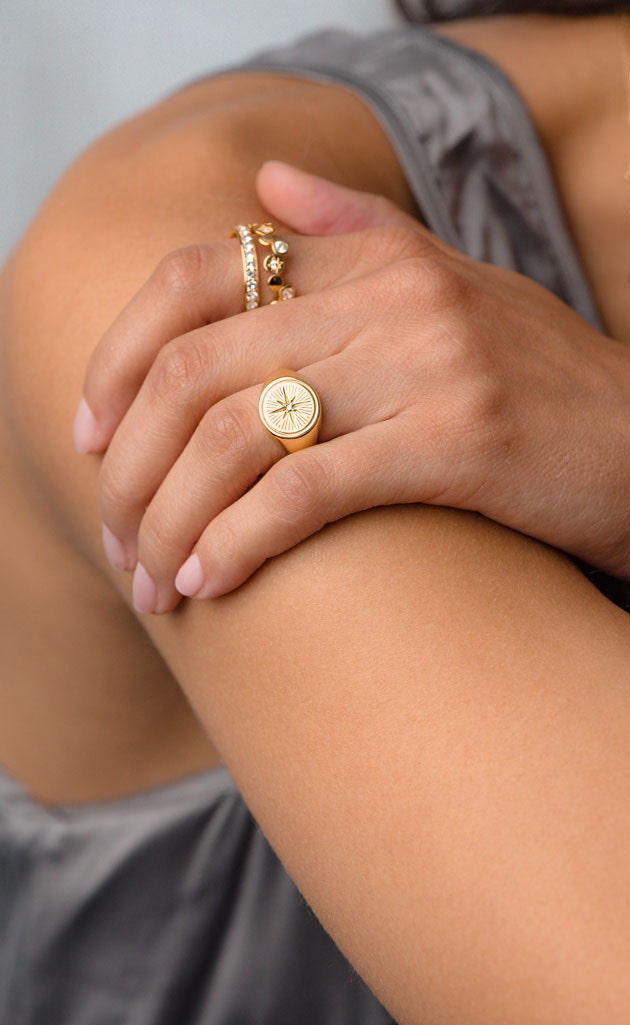

In Ancient Rome, the metal of the ring changed from iron to gold and silver as the Roman
empire gained more wealth. They also became larger allowing the engravings to become more elaborate depicting favourite sports, scenes from stories, cameos of loved ones; some men even had pornographic depictions of their mistresses on their rings. Signet ring engravings were more restrained during the Byzantine era, with Christian imagery becoming popular, such as monograms of Christ, saints, or the Virgin Mary, and this type of ring became so popular that goldsmiths started making stock designs that could be personalised with an engraving on request.
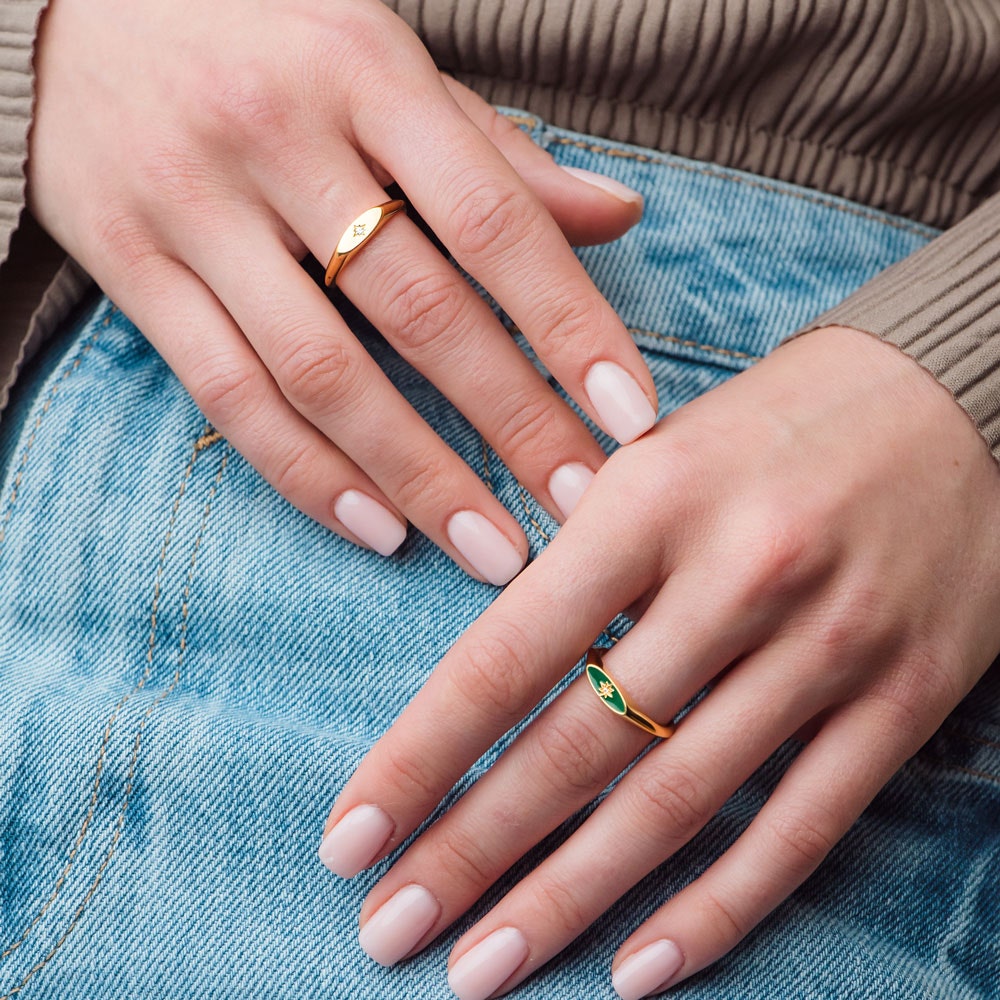

It was in the Middle Ages that the functional aspect of the signet ring really came to the fore. Images of stories and women were replaced by the wearer’s name or an instruction in Latin such as “read what is written, hide what is read” to indicate a letter held confidential information. Crests were also a popular engraving as was basically anything that could let the receiver of the letter from whom it had been sent. The Middle Ages also saw a dramatic change in signet ring engraving. Previously the engravings were raised, but, in this period, they became sunken (intaglio) to create a raised effect on the wax; a design quirk that remains.
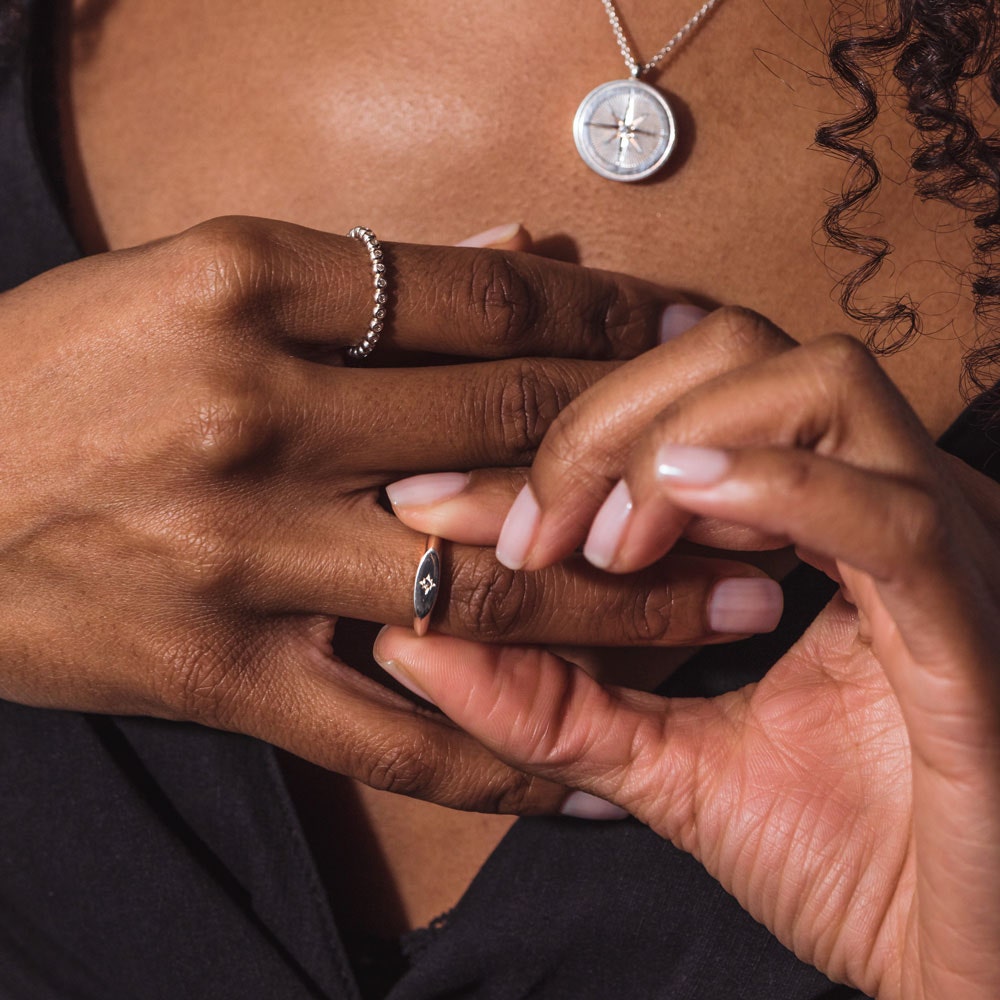

While some signet rings from the Renaissance were heraldic and elaborate, the most common form was the merchant’s ring, which was plain and utilitarian – a tool for communication, nothing more – but that was to change as the 18 th century got under way. A fascination with ancient Greek and Roman cultures influenced public tastes and fashions and signet rings were once again being engraved with pictures of public figures, including royals and philosophers. However, only the rich could afford these designs, which led to a burgeoning market of mass-produced counterfeits, which used paste gemstones instead of the real thing.
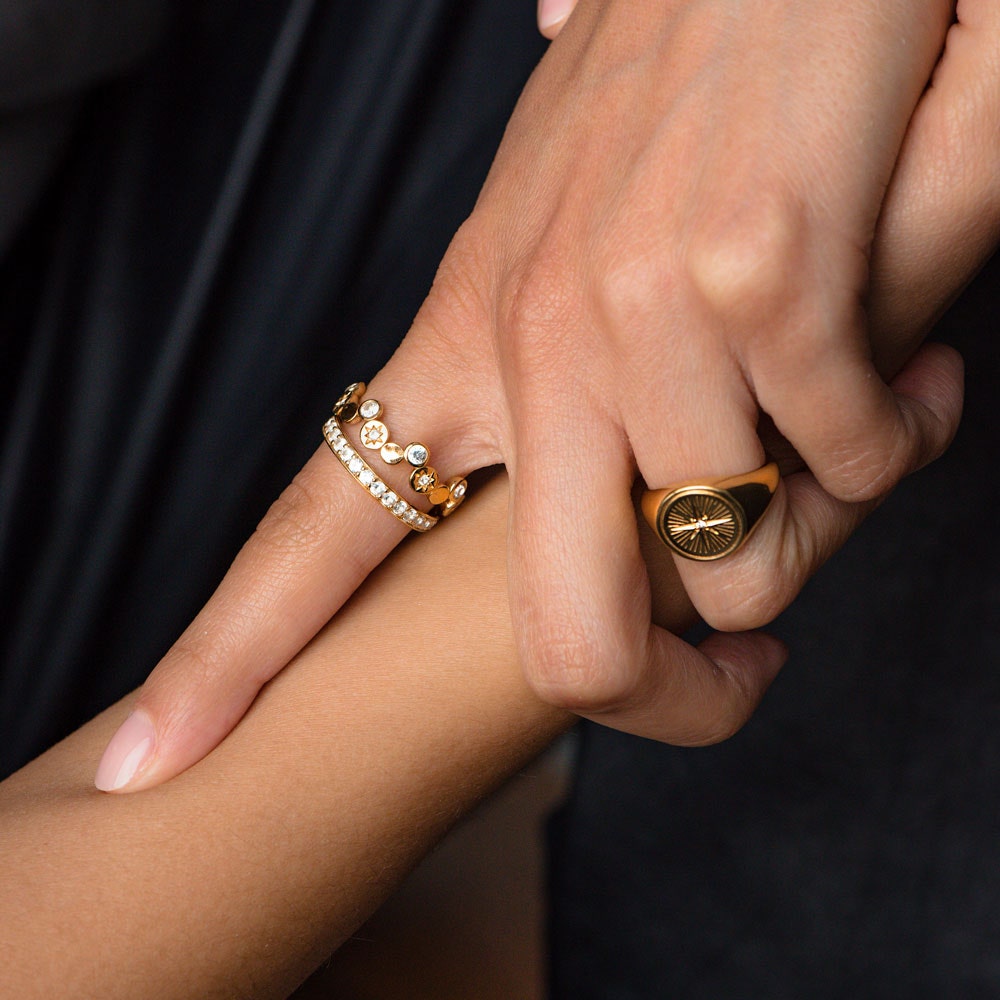

The Romantic movement of the 19 th century, with its nostalgia for the medieval and Renaissance periods, saw the signet ring being engraved with elaborate scenes as well as initials and crests. It was also transformed into a locket. The advent of the glue-sealed envelope meant that the need for a signet ring in any kind of practical capacity diminished, so it became, instead, a symbol of the aristocracy – the adorned little finger on the left hand a signifier of privilege and, perhaps, pomposity. However, in recent years that has changed. The signet ring is having a resurgence as a fashion item not just a symbol of status. But how should one wear it, and what should it be engraved with?
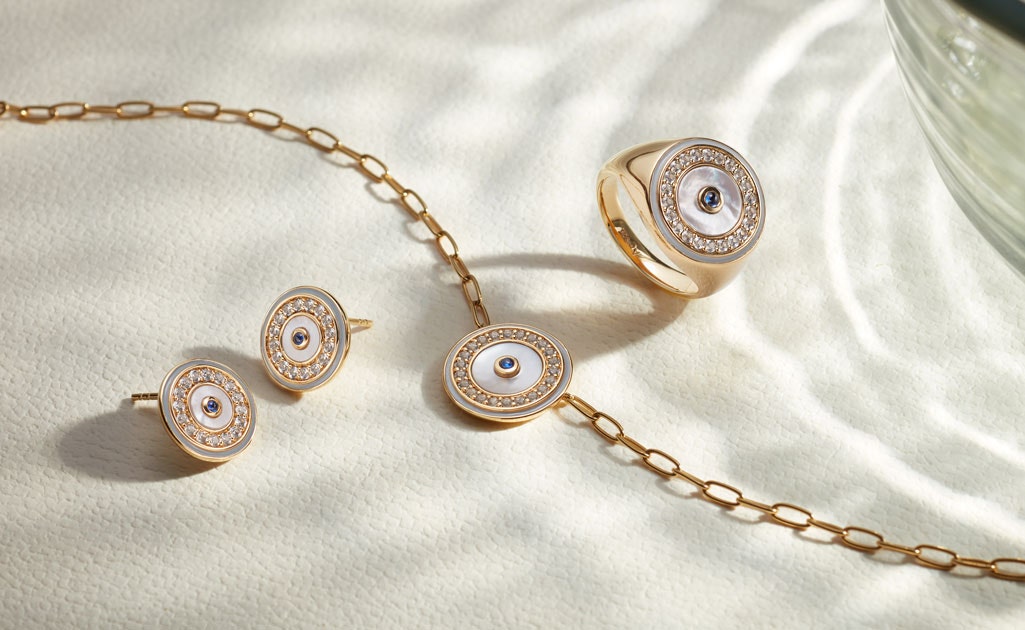

Which finger to wear a signet ring on?
Tradition dictates that you wear your signet ring on the little finger of your non-dominant hand, namely the one you don’t write with. This comes from its use as a seal – it’s easier to just turn that hand over, while still holding your pen, or quill, in the other. The engraved coat of arms should also face the wearer so that an enemy cannot discern your identity. However, given that these rules were formulated somewhere in the darkness of time, the other answer to this question is wherever you like.
You could argue that a signet ring does look better on the little finger but if you don’t like that, wear it on whichever finger makes you happy. Having the engraving facing towards you makes aesthetic sense so we’ll stick with tradition on that one.


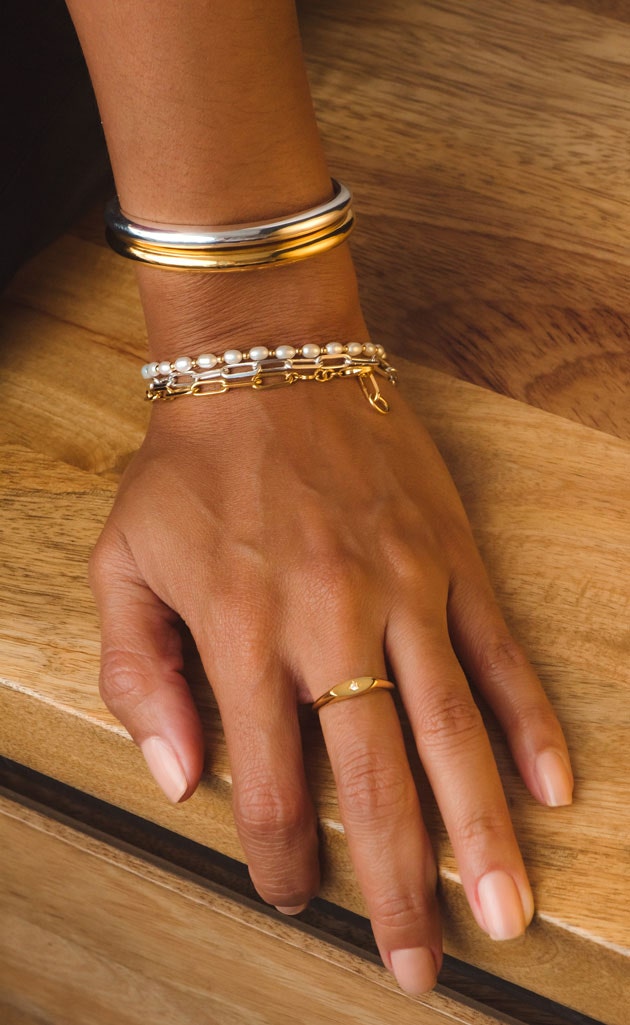

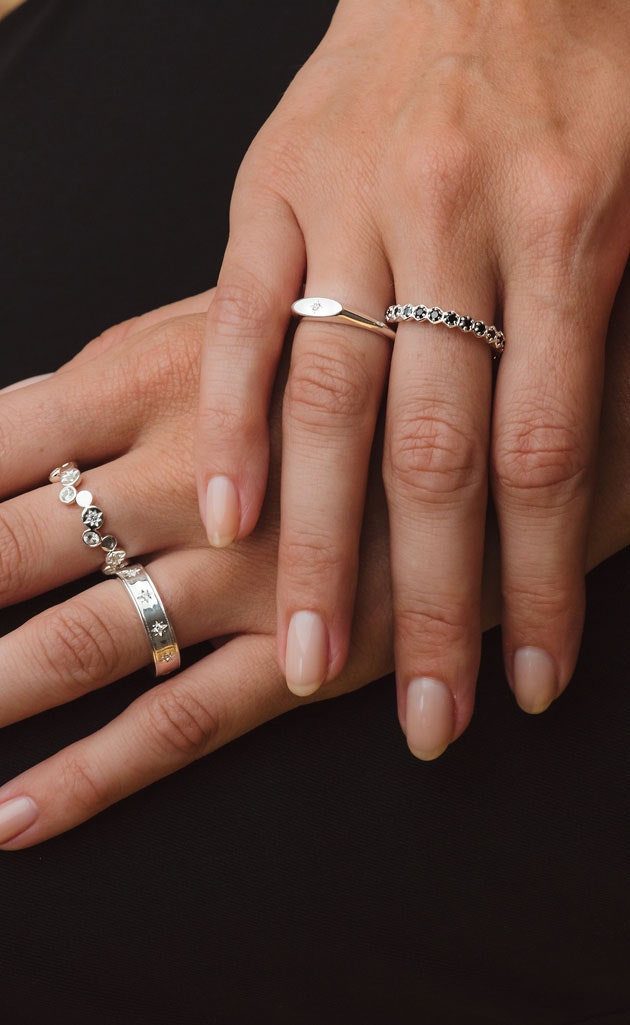

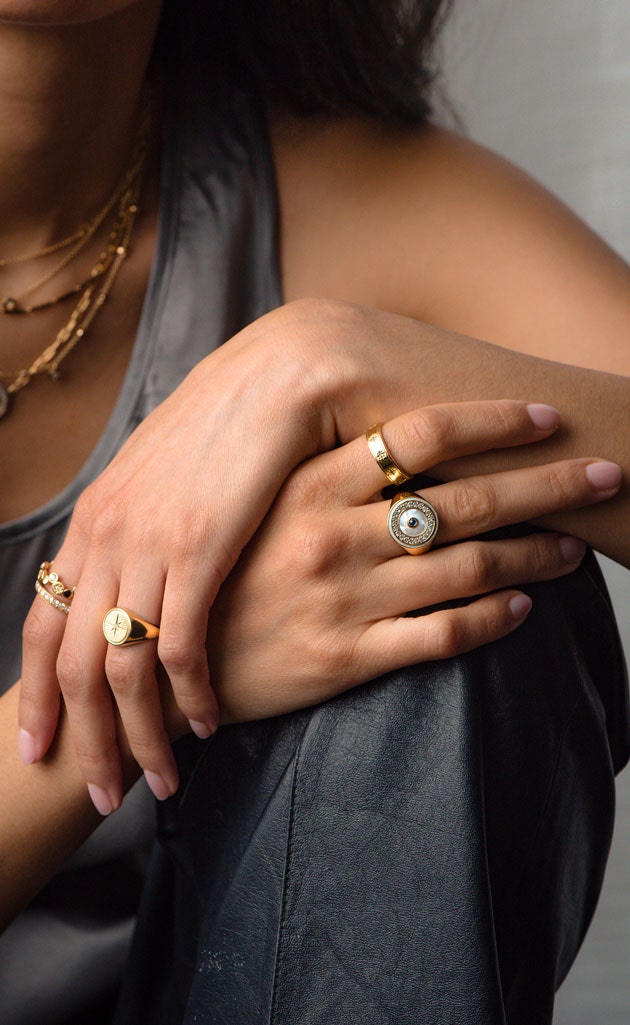

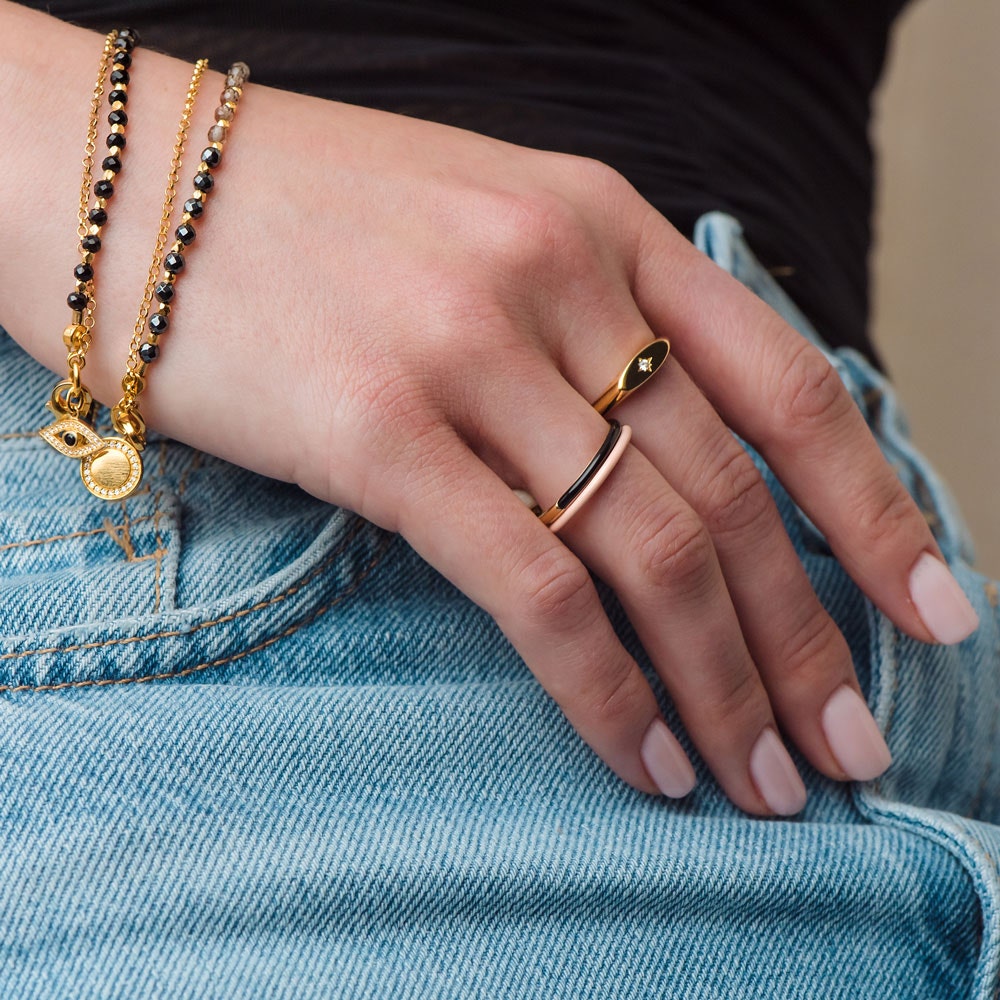

Can signet rings be worn with other rings?
Again, this comes down to your personal preference. Meghan Markle was spotted wearing hers on her third finger paired with a super thin gold band, while former Spice Girl Geri Halliwell takes a more traditional position – little finger, left hand. It probably depends on the size of the ring. At AC we have everything from our bold Circlus gold signet ring, with mother of pearl, white sapphires, and a central blue spinel, to more dainty designs with enamel and a small Pole star motif at the centre, there’s also the option of a personalised signet ring. The Circulus would look best on its own and probably not on the little finger, while the smaller styles could be stacked. But it really is up to you essentially.
Can signet rings be personalised signet ring?
Of course. You can have your initial on your custom signet ring in one of four fonts. It’s a nod to the original use of a signet ring and a way to make a fashion purchase into a future heirloom. Have a look at our signature Biography Signet Ring to add that extra special touch. That certainly gets our seal of approval.
